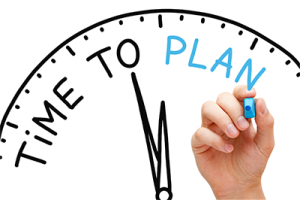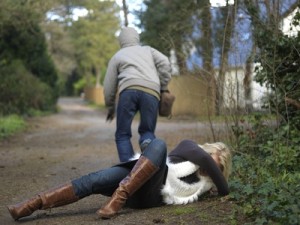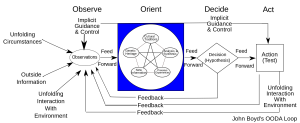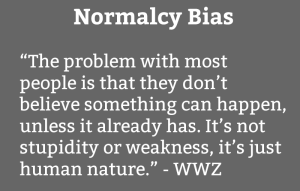So if you’ve read any of the other posts on this blog, you know that I’m a big advocate of planning. For example, last week we talked about situational awareness and the OODA Loop. I won’t rehash the OODA Loop but the general premise is, whoever completes the loop first has tactical advantage of the situation. In New Year, Fresh Look, I talk about having a plan, a backup plan, a contingency plan, and an emergency plan. Through planning we set ourselves up to have a head start in the OODA Loop, through plan redundancy we minimize the risk that when we do get hit, we’re caught flat footed, and then we have a plan for that too.
“Well where do I start?” you may ask. First, let’s start with developing your own personal threat matrix. 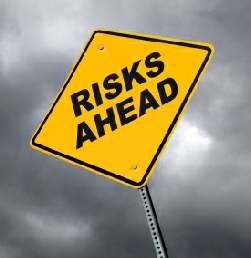 Basically, what do you see as the primary threats to your/your family’s safety and security? Earthquake? Tornado? Martial law? Alien invasion? Zombie apocalypse? Joking aside, only you can establish your realistic threat priorities. Your planning is only as good as your imagination and your ability to foresee your true threat priorities. If you set your priority on planning for an event that although, if it occurred would be devastating, the odds of occurrence are astronomical, then you’re setting yourself up to take that hit. So, if you live in California and spend more time planning for alien invasion, than for earthquake, maybe your threat matrix isn’t… realistic. Look honestly, do I think you should prepare for an alien invasion and a zombie apocalypse? Why not? The US Government and CDC have plans in place; I just don’t think they should be a priority.
Basically, what do you see as the primary threats to your/your family’s safety and security? Earthquake? Tornado? Martial law? Alien invasion? Zombie apocalypse? Joking aside, only you can establish your realistic threat priorities. Your planning is only as good as your imagination and your ability to foresee your true threat priorities. If you set your priority on planning for an event that although, if it occurred would be devastating, the odds of occurrence are astronomical, then you’re setting yourself up to take that hit. So, if you live in California and spend more time planning for alien invasion, than for earthquake, maybe your threat matrix isn’t… realistic. Look honestly, do I think you should prepare for an alien invasion and a zombie apocalypse? Why not? The US Government and CDC have plans in place; I just don’t think they should be a priority.
“How do I prioritize my threat matrix?” In my opinion, you should have the most detailed plans on the threats that are the most imminent. If you are a 5 foot tall, female emergency trauma nurse that commutes alone on the subway in New York City at 3 am, six days each week, maybe a can of pepper spray and a Krav Maga class should be in your future, more so than the plans for a nuclear fallout shelter.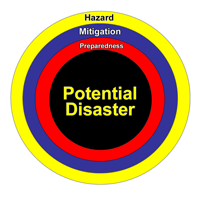 There is nothing wrong with planning for a nuclear strike, little green men, or a virus that reanimates the dead, but develop those plans after you are sufficiently prepared for all the threats that impact you daily.
There is nothing wrong with planning for a nuclear strike, little green men, or a virus that reanimates the dead, but develop those plans after you are sufficiently prepared for all the threats that impact you daily.
Let’s start with lifestyle… Identify the risks you face every day. Develop a plan to mitigate those risks, and then look for weak points in your primary plan, things that could go wrong and develop a backup plan. Now come up with contingencies for your backup and finally if sh!t goes south and everything goes wrong, have an emergency plan! Do this for all the risks you can identify based on what you do, where you go, frequent and infrequent activities and the people that go along with them.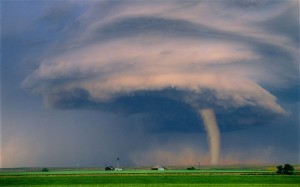 In addition to lifestyle, identify the risks you face geographically. How common are storms, earthquakes, volcanic activity? What is the local population and will the geography support them in a catastrophic event?
In addition to lifestyle, identify the risks you face geographically. How common are storms, earthquakes, volcanic activity? What is the local population and will the geography support them in a catastrophic event?
As we peel back the layers of this onion and consider all the different possible scenarios, it’s easy to see how mind boggling the planning can be. When planning use the KISS principle, Keep It Simple Stupid! The more complex the plan, the more that can go wrong, so keep it simple! Even with all of our planning, there will be events that we don’t foresee. That is why situational awareness is so important.
Be your own boss, you are responsible for you. The chances are that if you’re reading this, you read other survival material as well and you are accumulating knowledge, so trust your instincts. During the 9/11 tragedy many lives were lost that could have been prevented, because people were told “the building is fine” and “stay put unless authorities tell you to leave”.  You are responsible for yourself and your family; use your common sense, listen to your gut and take the appropriate action. Whatever you do, don’t follow the crowd! People are like water, they take the path of least resistance, usually that is the wrong path to take. According to psychcentral, there is a new study that shows it only takes a minority of 5% to influence the crowd, 95% will follow without even realizing it. The study was conducted by scientists at the University of Leeds and shows humans flock like birds or sheep while in a crowd. If you’re in a crowd during an emergency think of the acronym STOP:
You are responsible for yourself and your family; use your common sense, listen to your gut and take the appropriate action. Whatever you do, don’t follow the crowd! People are like water, they take the path of least resistance, usually that is the wrong path to take. According to psychcentral, there is a new study that shows it only takes a minority of 5% to influence the crowd, 95% will follow without even realizing it. The study was conducted by scientists at the University of Leeds and shows humans flock like birds or sheep while in a crowd. If you’re in a crowd during an emergency think of the acronym STOP:
Stop, don’t get caught up. Distance yourself.
Think, develop a plan.
Orient, take stock of your surroundings.
Perform, take deliberate action.
Good luck with your plans! See you next week…
Other resources:
CDC Emergency Action Plan Template
OSHA EAP Checklist
National Fire Prevention Association EAP Guidelines
Ready.gov
